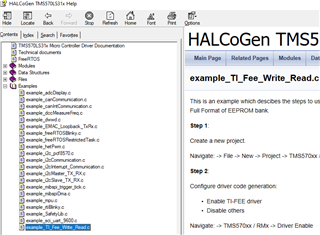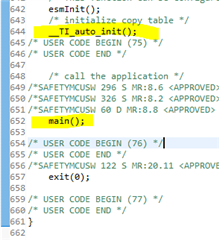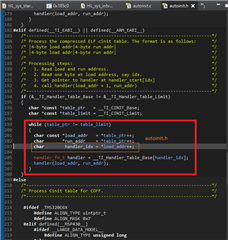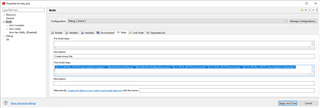Other Parts Discussed in Thread: HALCOGEN,
Hello,
I am using Ethernet Bootloader which designed from QJ Wang and its perfectly working fine.
But as I understand the code , Mr.Wang at the first check two conditions, is button pressed and is flag filled(APP_STATUS_ADDRES) with 0x5A5A5A5A.
If two conditions are satisfied new image will be loaded. Everything is fine but, my purpose is ;
When I upload my new image, if I press a button e.g PortB5(still assuming that I am inside new image)
I want to fill APP_STATUS_ADRESS with 0xFFFFFFFF . Why?
Because when I press button from new image , new image will remove flag(from APP_STATUS_ADRESS), and I will go to the 0x000000 adress(to the bootloader). Therefore, bootloader will think there is no new image so that bootloader will not go to the new image.
All I need just how to remove this 0x5A5A5A5A flag from APP_STATUS_ADRESS
Thanks in advance.
Abdulmecid Pamuk
Best regards,







